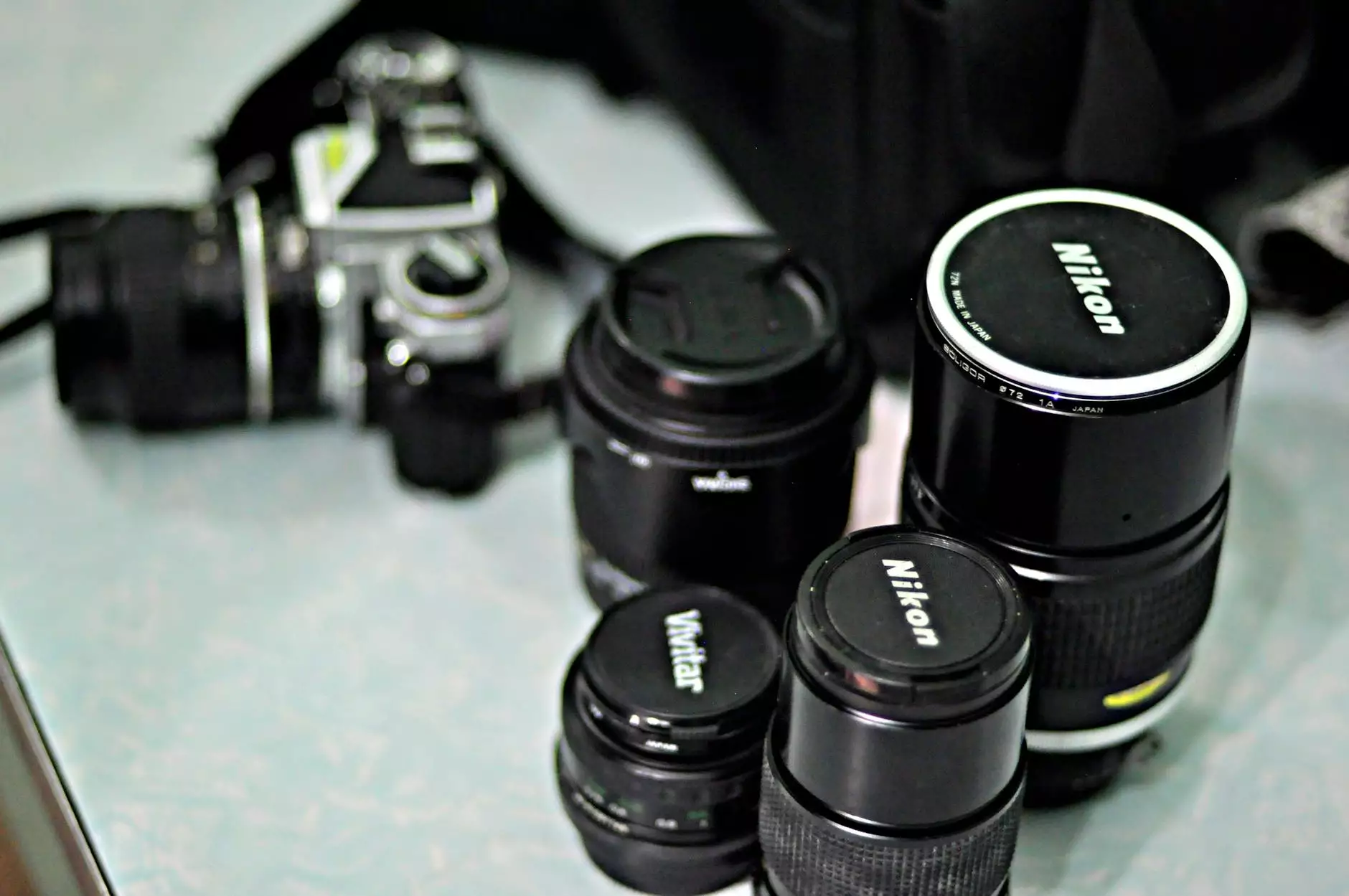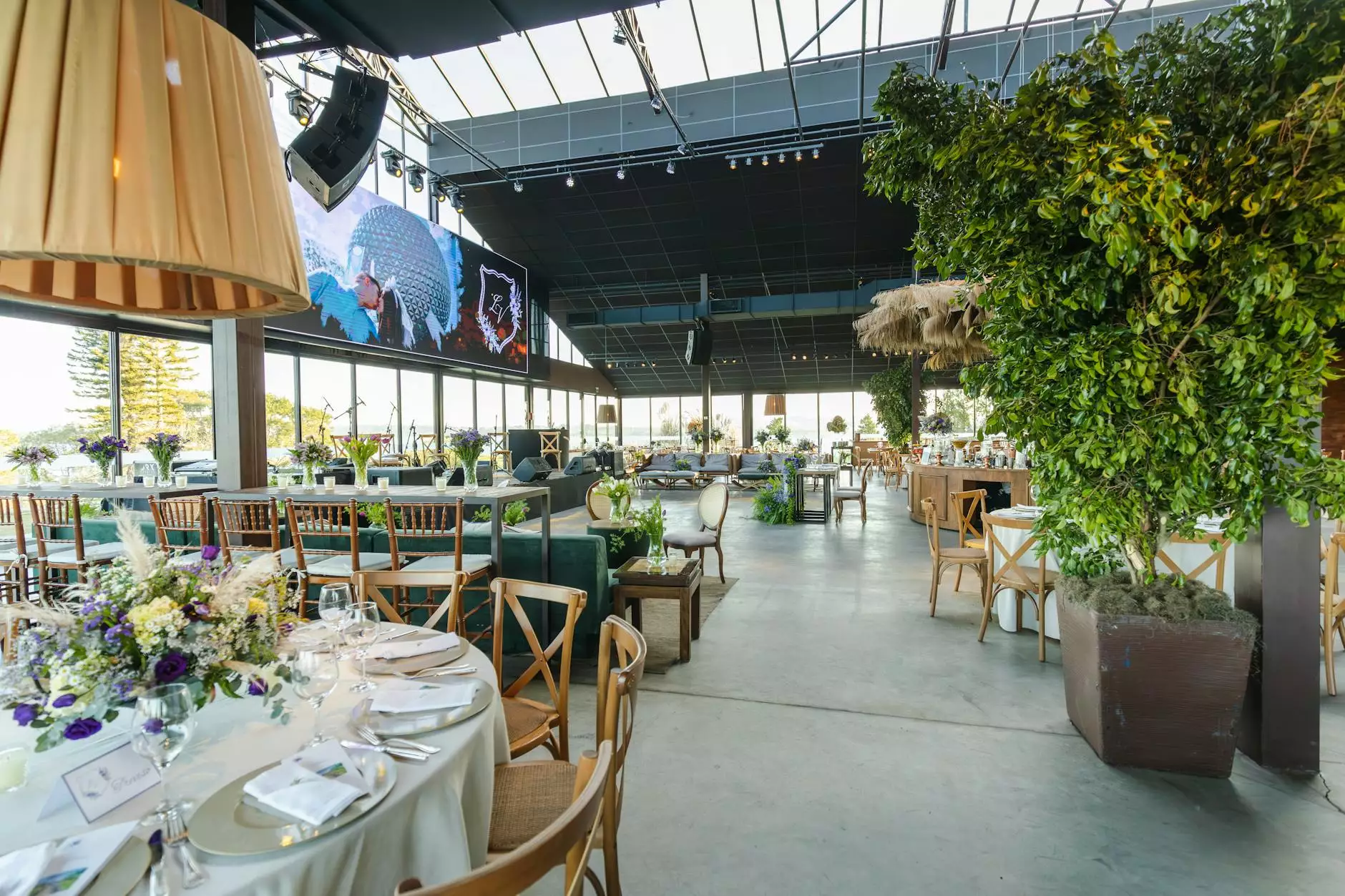Transforming Business Spaces: The Essence of Corporate Office Layout Design

In today’s fast-paced business environment, the design of corporate office spaces plays a crucial role in fostering productivity, collaboration, and employee well-being. A well-planned corporate office layout design not only enhances workflow but also reflects a company’s brand values, making it essential for businesses looking to thrive in competitive markets.
Understanding Corporate Office Layout Design
Corporate office layout design refers to the strategic arrangement of various spaces within an office to maximize efficiency and functionality. This encompasses everything from the positioning of desks and meeting rooms to the flow of movement throughout the office. When optimized correctly, a corporate office layout can lead to:
- Improved Productivity: Employees can focus better when their environment is designed with their needs in mind.
- Enhanced Collaboration: Open spaces and neutral zones promote teamwork and interaction among departments.
- Employee Satisfaction: Aesthetic and functional designs can contribute significantly to job satisfaction.
- Brand Identity: The layout reflects the company’s ethos and values, influencing both employees and clients.
Key Elements of Effective Corporate Office Layout Design
To create an effective corporate office layout, consider the following key elements:
1. Space Planning
Space planning is the backbone of effective office design. It involves analyzing how space is utilized and determining optimal configurations for workstations, meeting rooms, and communal areas. Key considerations include:
- Flow: Ensuring easy movement throughout the office.
- Flexibility: Designing areas that can adapt to changing needs.
- Accessibility: Making sure that all areas of the office are accessible to everyone.
2. Workstation Design
The design of individual workstations can dramatically impact employee productivity and comfort. Here are some best practices:
- Ergonomics: Use adjustable desks and ergonomic chairs to promote health.
- Personalization: Allow employees to customize their spaces to feel more at home.
- Privacy: Create areas where employees can work without distractions.
3. Meeting Areas
Meeting rooms should be strategically placed to facilitate both formal and informal discussions. Important considerations include:
- Technology: Equip rooms with the latest audiovisual tools.
- Variety: Include different types of meeting spaces, from small pods to larger conference rooms.
- Inspiration: Design spaces that inspire creativity and innovation.
Benefits of Professional Office Interior Services
Hiring a professional office interior service, such as Amodini Systems, can provide a wide range of benefits:
Expertise and Experience
Professional designers possess the knowledge and experience necessary to create efficient and stylish office layouts. They understand the latest trends and best practices in corporate office layout design, ensuring your workplace stands out.
Time and Cost Efficiency
Outsourcing your office design can save time and money. Professionals have access to resources and suppliers that may not be available to individual businesses, often leading to better pricing and faster completion.
Creative Solutions
Innovative designers can provide unique insights that transform an ordinary space into an extraordinary one. They can suggest design elements that align with your company’s brand and vision, adding value to your business.
Trends in Corporate Office Layout Design
Understanding current trends can help businesses stay competitive. Here are some trends to watch for:
1. Open Office Spaces
These designs promote collaboration by removing barriers between employees. While open spaces are valued for fostering teamwork, they must be balanced with areas for privacy.
2. Biophilic Design
This trend incorporates natural elements into the office, such as plants, natural light, and water features, supporting employee well-being and productivity.
3. Technology Integration
With the rise of remote work, integrating advanced technology into corporate office layouts is crucial. This includes video conferencing capabilities and adaptable workstations for hybrid teams.
Case Studies: Successful Corporate Office Layout Designs
Let’s take a look at a couple of case studies that exemplify exceptional corporate office layout design:
Case Study 1: Tech Startup in Bangalore
A Bangalore-based tech startup transformed their traditional office space into a dynamic environment characterized by:
- Modular Workstations: Workstations that can be reconfigured quickly for different projects.
- Collaboration Zones: Dedicated areas that encouraged brainstorming sessions.
- Restorative Spaces: Quiet zones for relaxation and rejuvenation.
Case Study 2: Financial Firm in Delhi
A leading financial firm in Delhi revamped their office space focusing on:
- Soundproof Meeting Rooms: Enhanced privacy for sensitive discussions.
- Interactive Lounges: Areas to incentivize informal conversations.
- Sustainable Practices: Using recycled materials and energy-efficient lighting.
Conclusion: Invest in Your Workspace
A well-executed corporate office layout design is more than just aesthetics; it is a critical component of a successful business strategy. Investing in professional office interior services like those offered by Amodini Systems can yield significant returns by creating an uplifting and productive work environment. In a world where employee satisfaction directly influences performance, businesses must prioritize their workspace design to thrive.
As you embark on your journey to design the perfect corporate office space, remember that every detail matters. Whether you are planning a small startup office or a large corporate headquarters, focusing on layout design can make a remarkable difference in your corporate culture and overall success.



